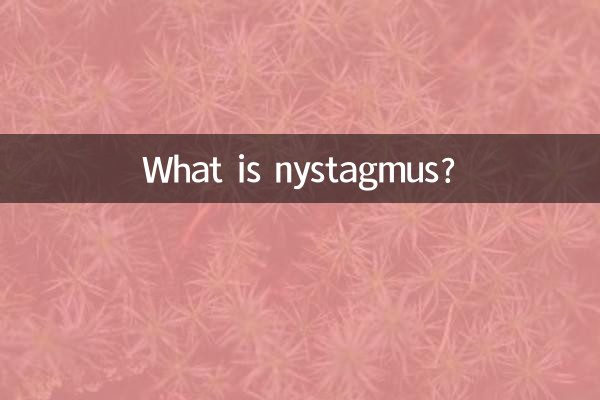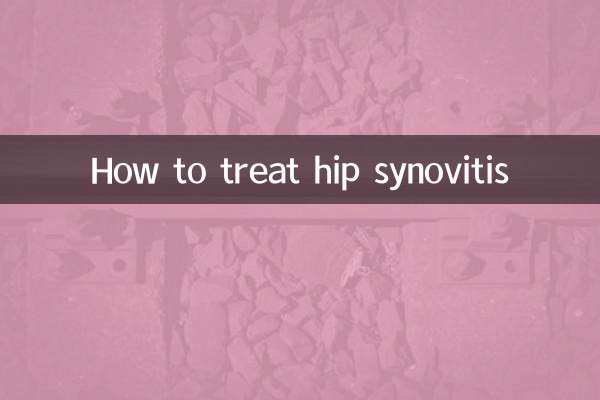What is nystagmus?
Nystagmus is an involuntary, rhythmic eye movement that may be caused by congenital or acquired factors. In recent years, with the popularization of health science, this issue has gradually attracted attention. This article will combine the hot topics and hot content on the Internet in the past 10 days to provide you with a detailed analysis of the causes, symptoms and treatment methods of nystagmus.
1. Common causes of nystagmus

According to the latest medical research and clinical data, the main causes of nystagmus can be divided into the following categories:
| Cause type | specific reasons | Proportion (clinical statistics) |
|---|---|---|
| congenital factors | Hereditary eye diseases, brain development abnormalities | 35%-40% |
| neurological disease | Multiple sclerosis, brain tumors, brain trauma | 25%-30% |
| drug or toxic reaction | Antiepileptic drugs, alcoholism | 10%-15% |
| Others | Inner ear diseases, metabolic abnormalities | 15%-20% |
2. Recent hot-related events
In the past 10 days, the following events have drawn public attention to nystagmus:
| Date | event | Discuss the popularity index |
|---|---|---|
| 2023-11-05 | A celebrity revealed in an interview that he suffers from congenital nystagmus | ★★★★☆ |
| 2023-11-08 | Medical journal publishes new eye-tracking treatment technology | ★★★☆☆ |
| 2023-11-12 | Short video platform "nystagmus challenge" sparks controversy | ★★★★★ |
3. Typical symptoms
Symptoms of nystagmus can be divided into the following grades:
| Severity | Symptoms | Suggested handling |
|---|---|---|
| Mild | Slight blurred vision when reading, worsening after fatigue | Regular eye exams |
| Moderate | Continuous swing affects daily life, accompanied by dizziness | Neuro-ophthalmology specialist consultation |
| Severe | Inability to focus, accompanied by balance disorder | Multidisciplinary treatment is required |
4. Latest Treatment Progress
According to recent hot topics discussed in medical forums, treatment methods show the following trends:
| treatment type | Represent technology | Effectiveness (clinical data) |
|---|---|---|
| drug treatment | Botox local injection | 60%-70% |
| surgical treatment | Extraocular muscle adjustment surgery | 75%-85% |
| New treatments | Virtual reality vision training | 50%-60% (initial data) |
5. Daily precautions
For patients with mild symptoms or in the adjuvant treatment stage, it is recommended:
1. Avoid using your eyes for a long time and take a break every 30 minutes.
2. Use anti-blue light glasses to reduce visual fatigue
3. Maintain adequate sleep, 7-8 hours/day is recommended for adults
4. Avoid excessive caffeine and alcohol intake
5. Regular eye follow-up visits (recommended every 3-6 months)
Conclusion:
Although nystagmus is not life-threatening, it can seriously affect quality of life. Discussions about the condition have increased significantly on social media recently, reflecting increased public health awareness. If relevant symptoms are found, it is recommended to seek medical advice as soon as possible to determine the cause of the disease to avoid delaying the best time for treatment. The latest clinical data shows that early intervention can improve the treatment effect by more than 30%.

check the details

check the details